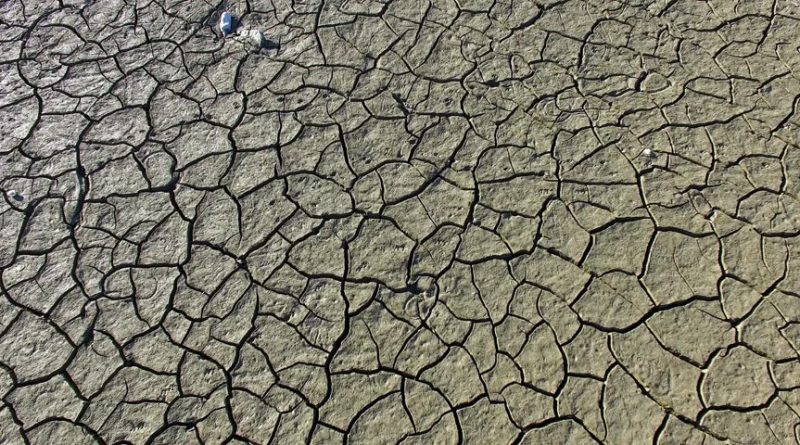Solidification
A Big Breakthrough
With a finished print of James’ face, we moved forward by applying the clay to the face to resemble some sort of facial structure. To our surprise, when we were finished applying the clay to the face, the iPhone facial recognition software actually began to identify the 3d printed face as a person! This was exciting news to us as this is the first kind of ‘break through’ we have made with the facial recognition software itself.
Storage Is Key
Unknowingly, our group decided to store our mask by placing and wrapping it in a plastic shopping bag. Little did we know, clay isn’t very good with drying and air when it is spread only half an inch in thickness. We came back to a dry and cracked clay mask. While it was cracked and wasn’t being identified as a facial structure with the iPhone software, we knew this couldn’t hold us back from cracking the code. Madison took to the mask with his artistic clay skills and smoothed out the mask using water and his hand. This was found to be extremely effective. Brainstorming ideas for how we could keep the mask somewhat dry and still smooth, our team decided to place a damp paper towel over the face while we weren’t working with it. This would ensure that our clay had enough moisture while still keeping it semi-dry.
Next Steps:
The clay not drying correctly put us back a day of work since we had to wait for the entire mask to dry before we can implement the 2D prints of James’ eyes. We plan to take the initial scan that we got, crop out the eyes and edit them so they fit into the eye sockets of the mask perfectly. Will we run into complications? Yes. Will we overcome them. Absolutely.

